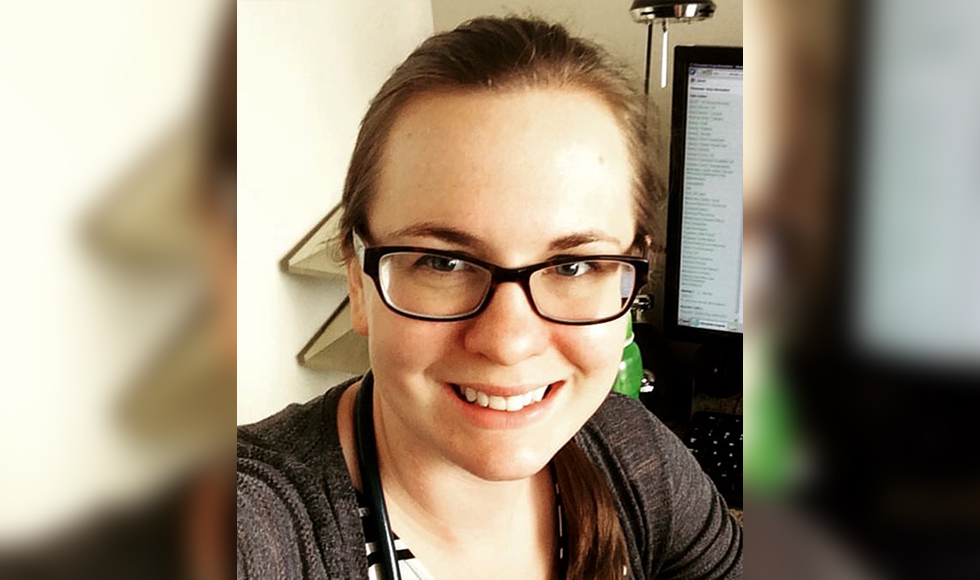Suicide more prevalent among physicians than general public

Sarah Tulk is an assistant clinical professor with the Department of Family Medicine at McMaster University.
May 6, 2019
Physician suicide is an urgent problem with suicide rates higher than those found among the general public, with potential for an extensive impact on health-care systems.
An article on five facts about physician suicide, authored by Sarah Tulk and Joy Albuquerque was published today in the Canadian Medical Association Journal (CMAJ).
Tulk is an assistant clinical professor with the Department of Family Medicine at McMaster University. Albuquerque is medical director of the Ontario Medical Association’s Physician Health Program, and an assistant professor in the Department of Psychiatry at the University of Toronto.
Five things to know about physician suicide are:
- Suicide is an occupational hazard for physicians.
Suicide is the only cause of death that is higher in physicians than nonphysicians. Compared with nonphysicians, male physicians are 40 per cent more likely to die by suicide, and the risk to female physicians is more than doubled.
- Firearms, poisoning and blunt force trauma are the most common means of suicide among physicians.
While firearms are the most common suicide method in both physicians and nonphysicians, physicians are more likely than nonphysicians to use poisoning and blunt force trauma. The increased use of poisoning may be owing to increased access, as physicians who died by suicide were more likely to have benzodiazepines, barbiturates or antipsychotics detectable in their blood.
- Increased suicidal thoughts begin in medical school.
In a recent meta-analysis, the prevalence of suicidal thoughts among medical students was 11 per cent. In analyses subdivided by time, seven per cent of students reported suicidal thoughts within the past two weeks, and 24 per cent within the past year.
- Regulatory complaints are associated with increased rates of suicidal thoughts.
In a cross-sectional survey of nearly 8,000 physicians in the United Kingdom, those with either a past or current regulatory complaint were significantly more likely to report suicidal thoughts. Physicians without complaints reported suicidal thoughts at a rate of three per cent, but this was increased to nine per cent in those with a current or recent complaint and 13 per cent in those with a past complaint.
- Suicidal physicians face unique barriers to care.
Suicidal physicians encounter additional barriers to care, compared with the general population. While both groups face concerns about stigma, lack of time and lack of access to care, physicians have the added burden of concerns regarding confidentiality, and fear of discrimination in licensing and applications for hospital privileges.
A CMAJ podcast of an interview with the authors may be found on Soundcloud.
The article can be read on the CMAJ website.


